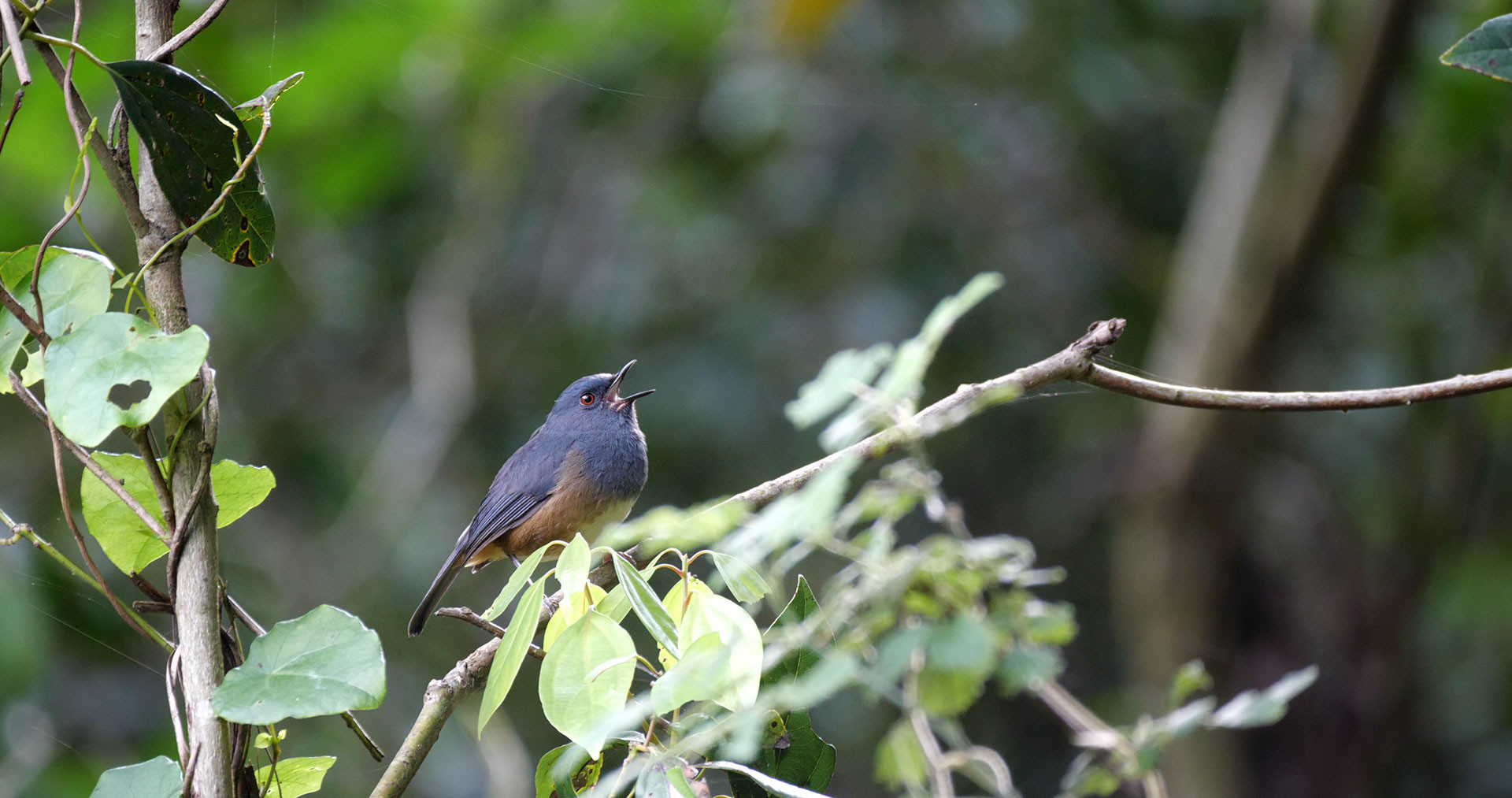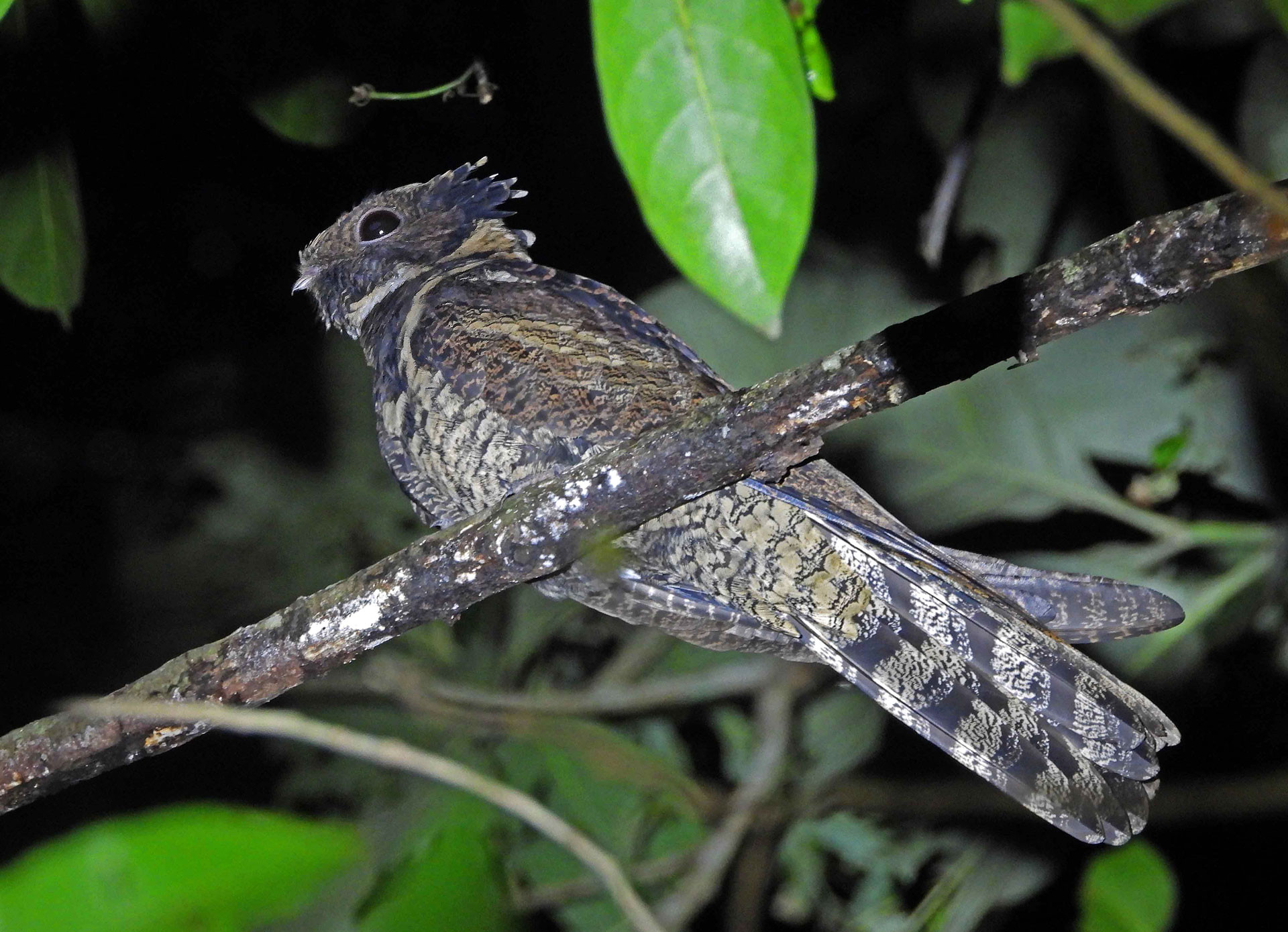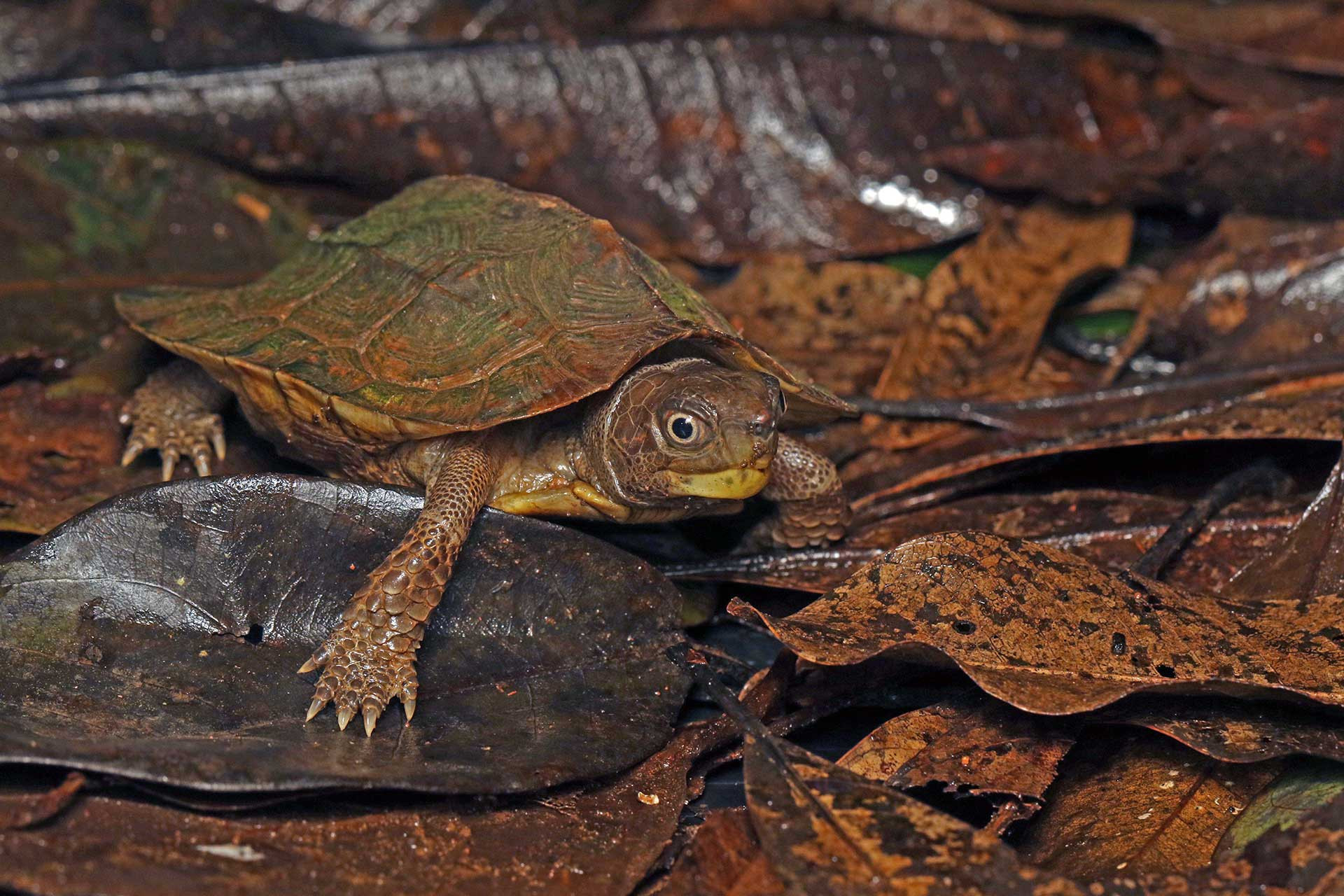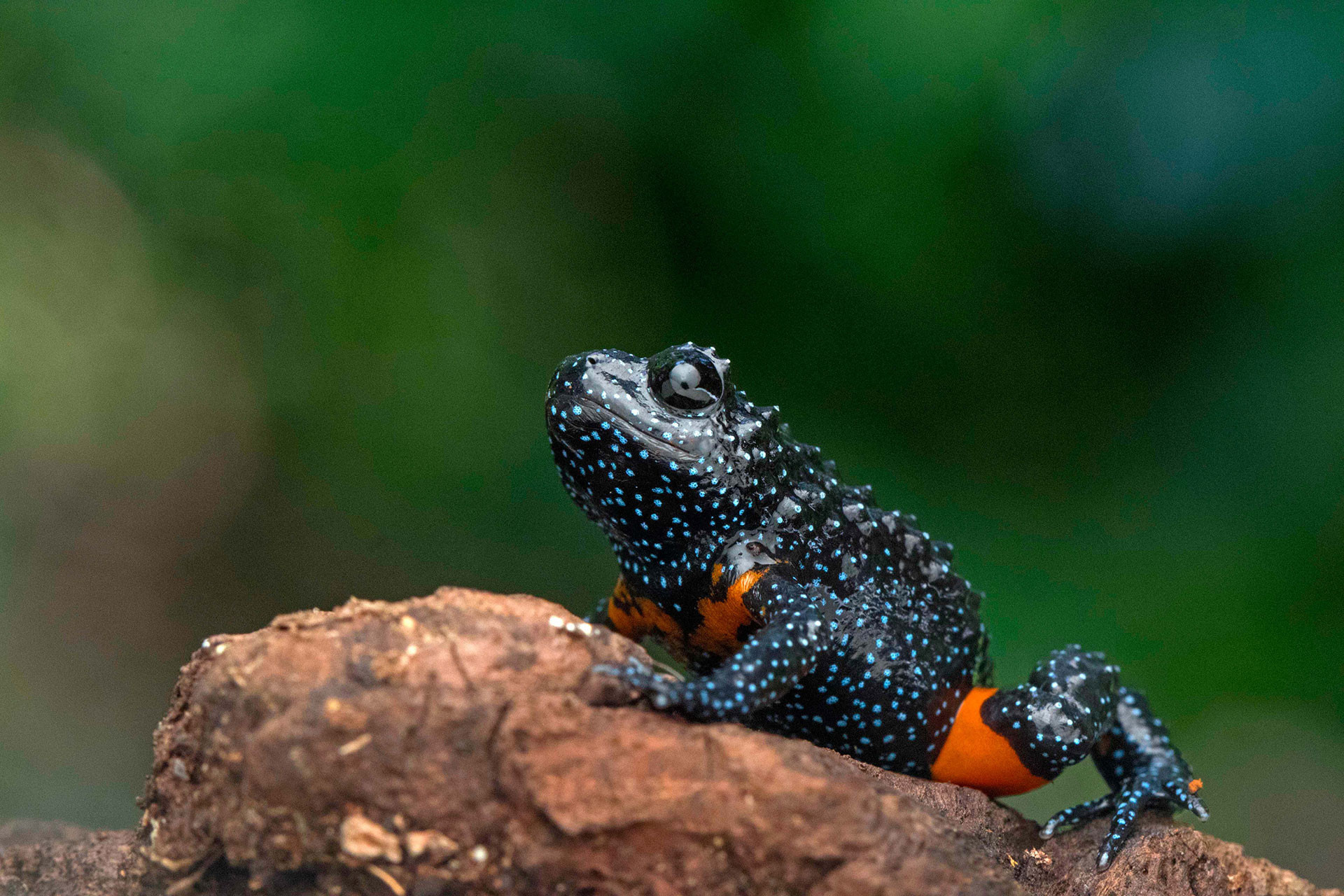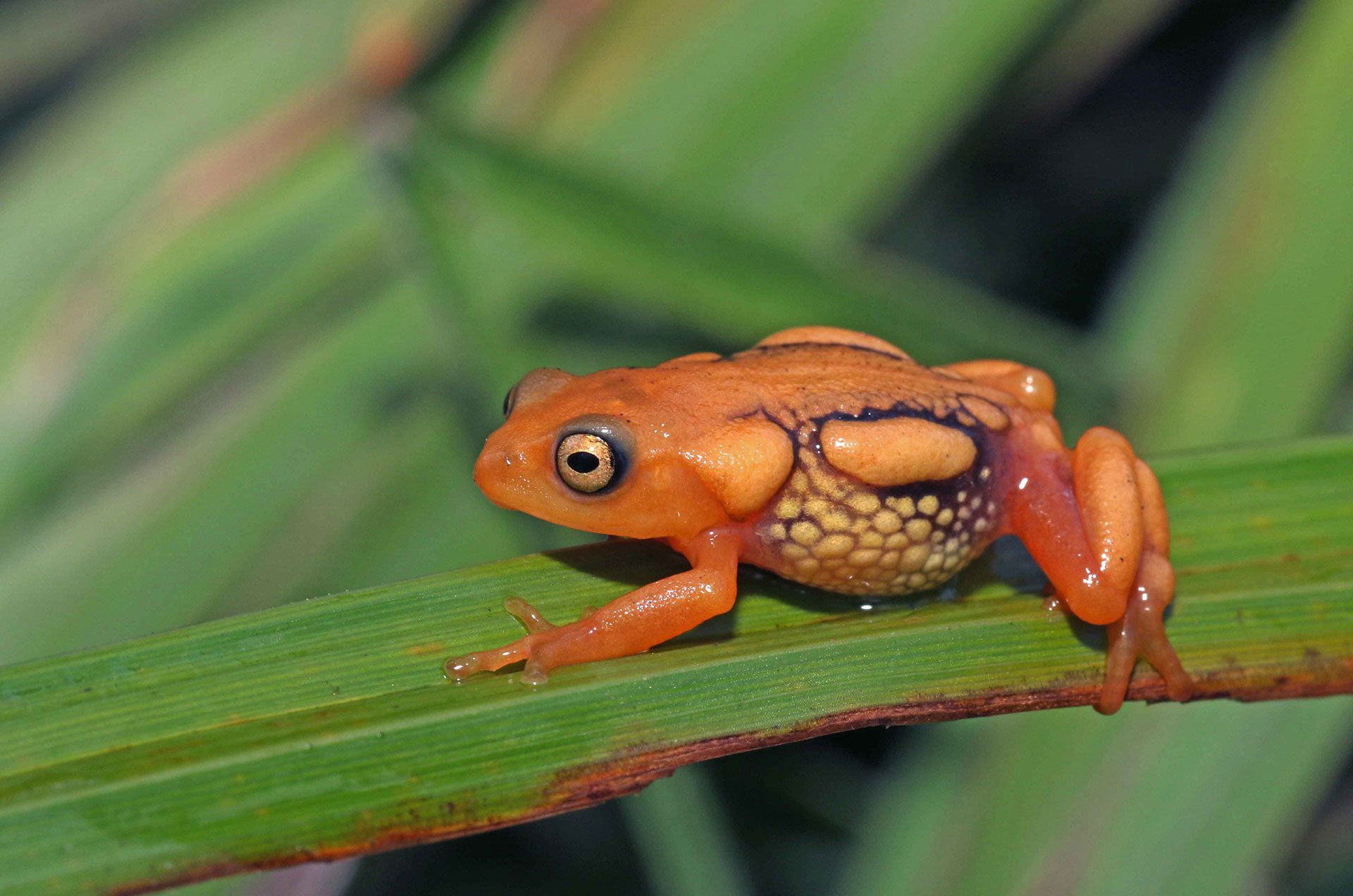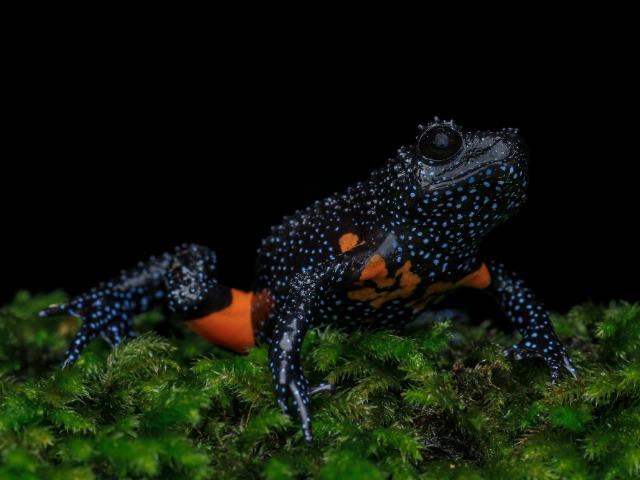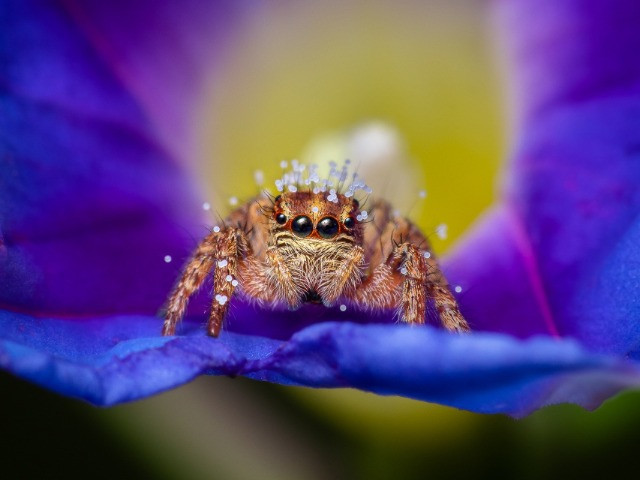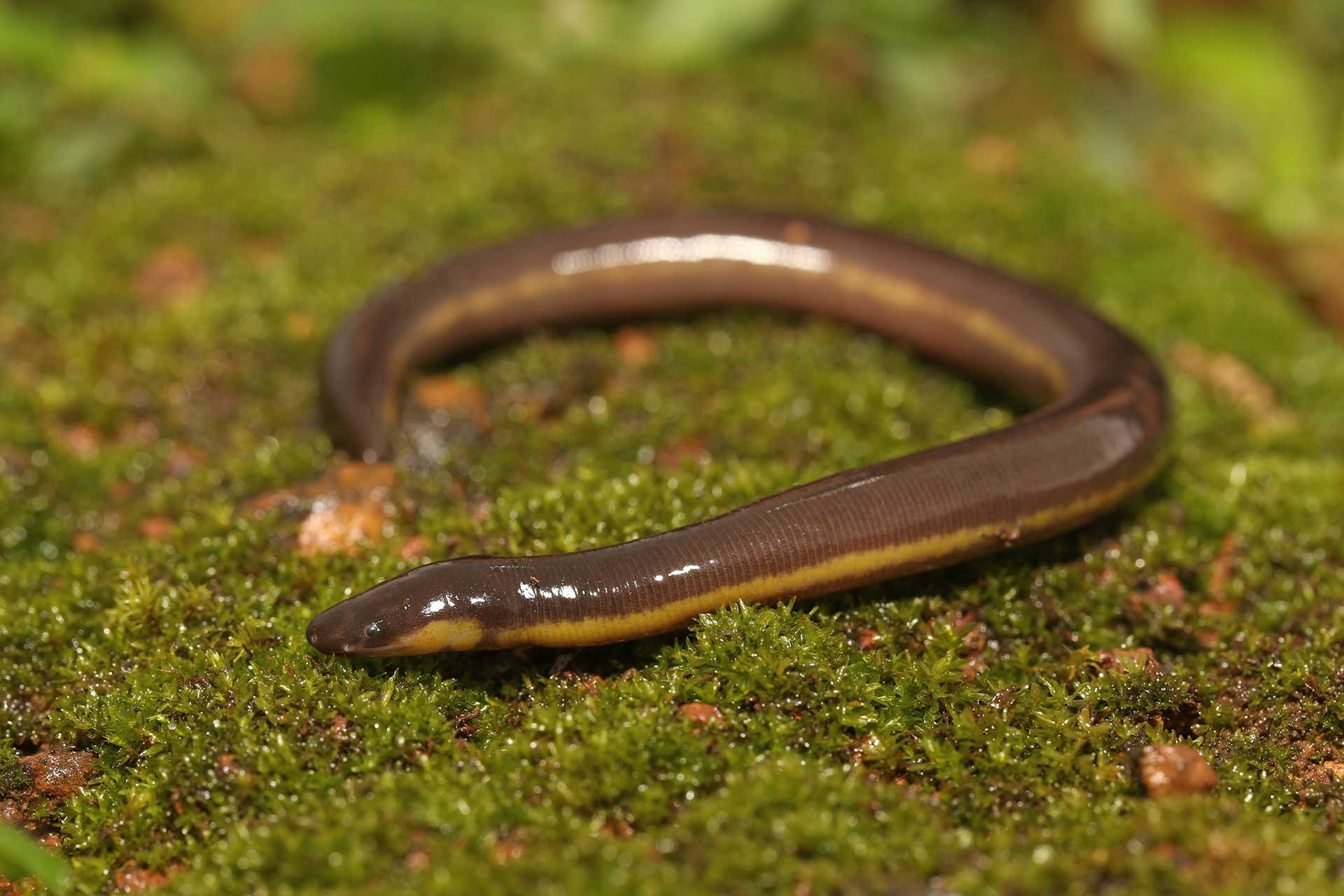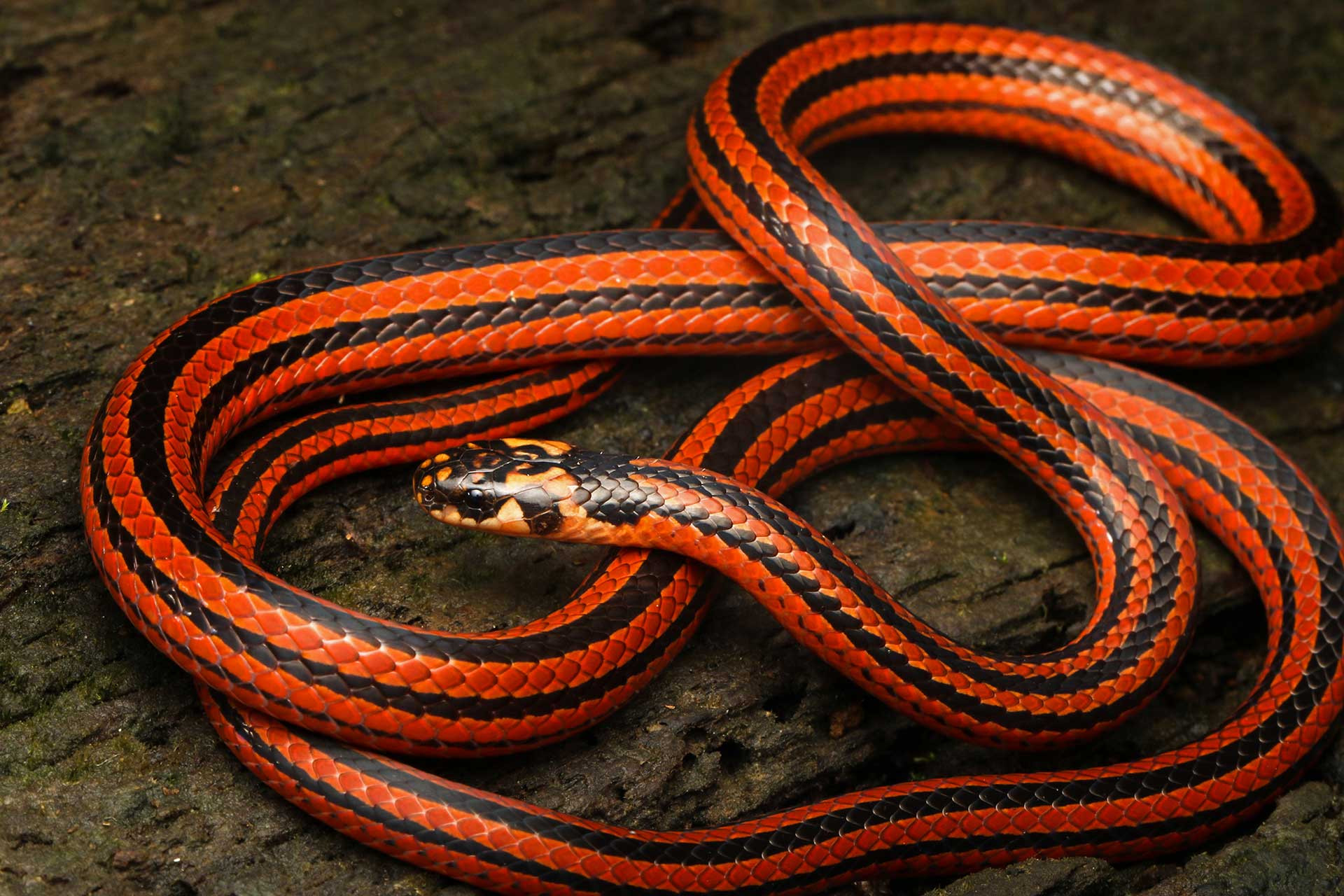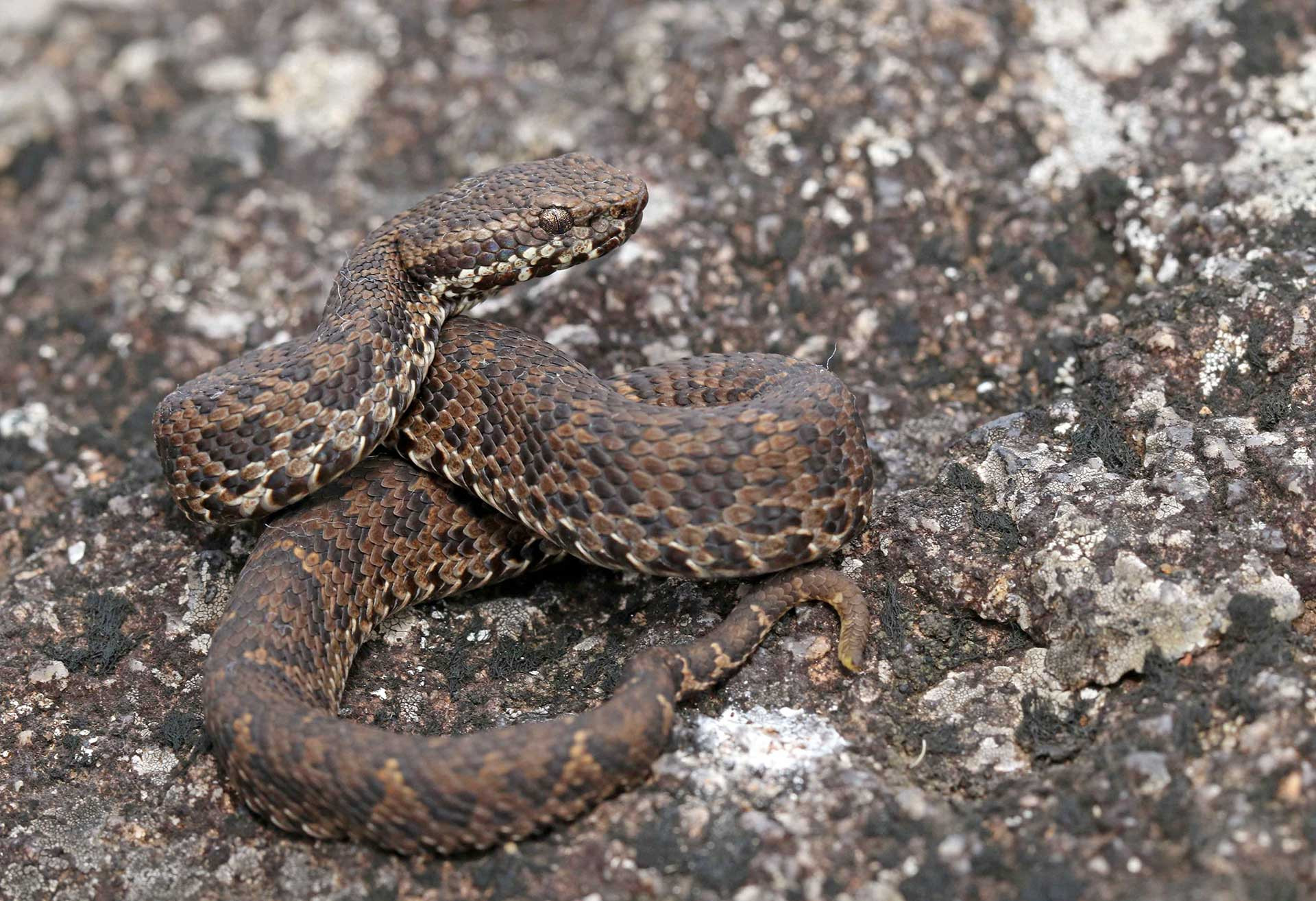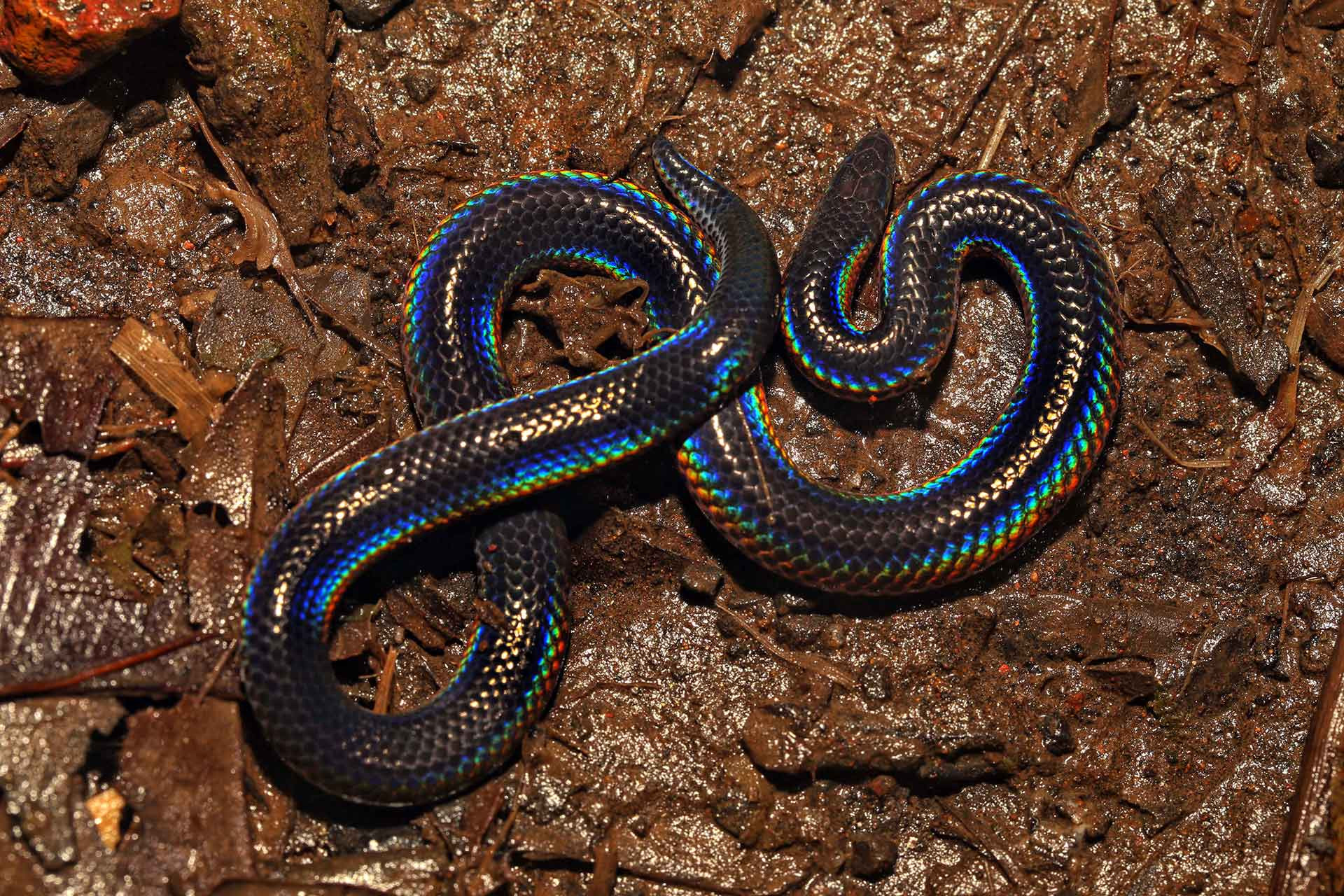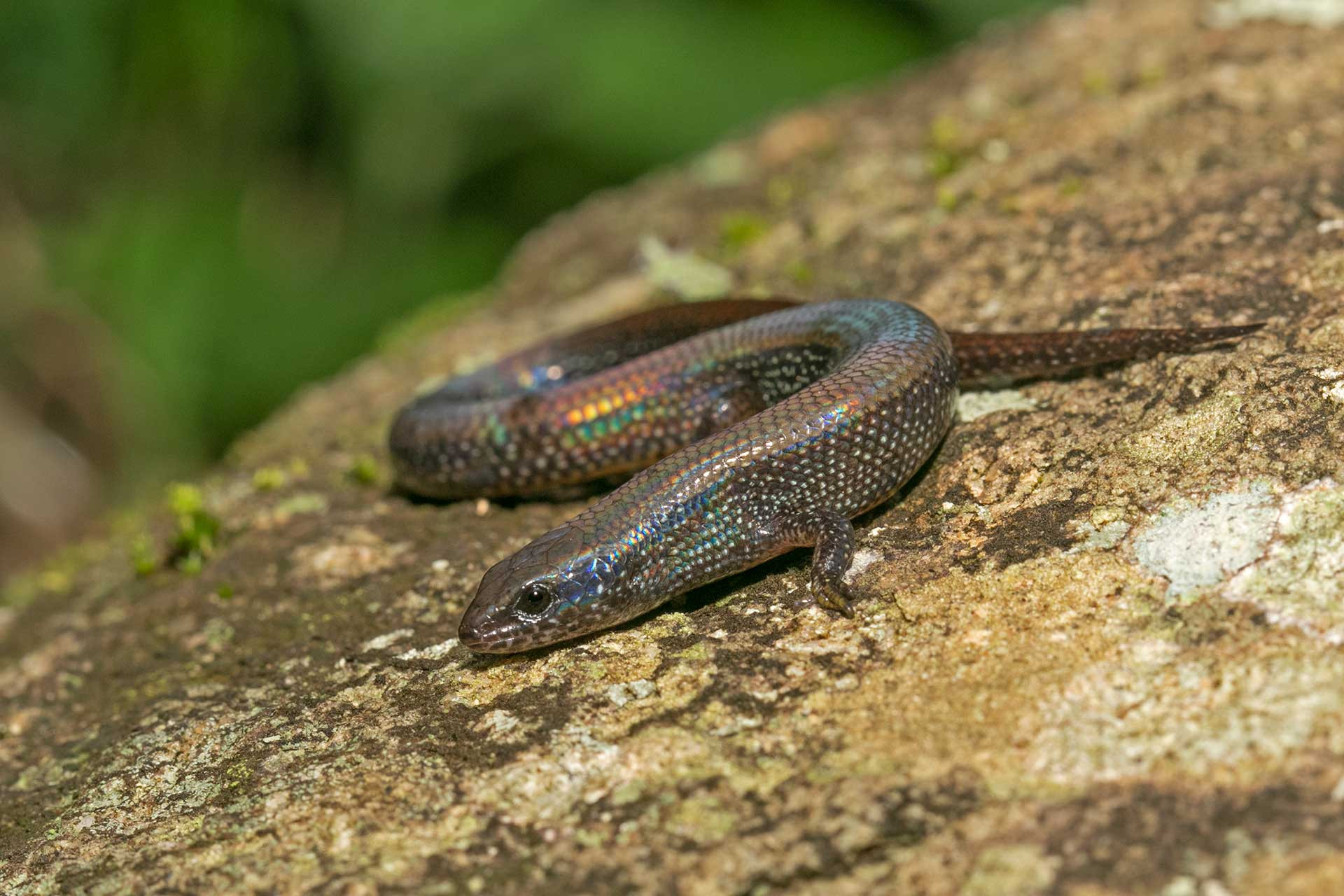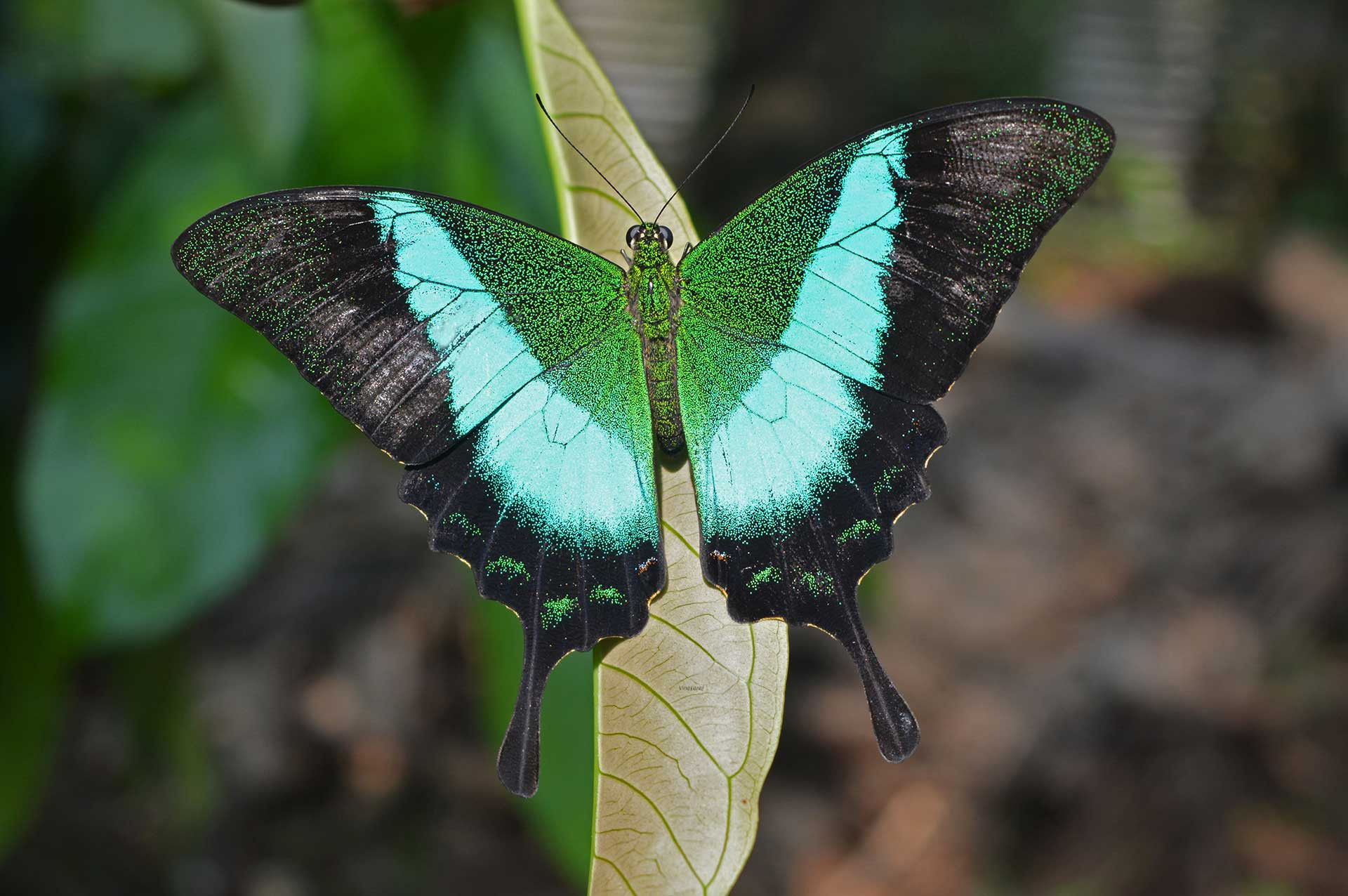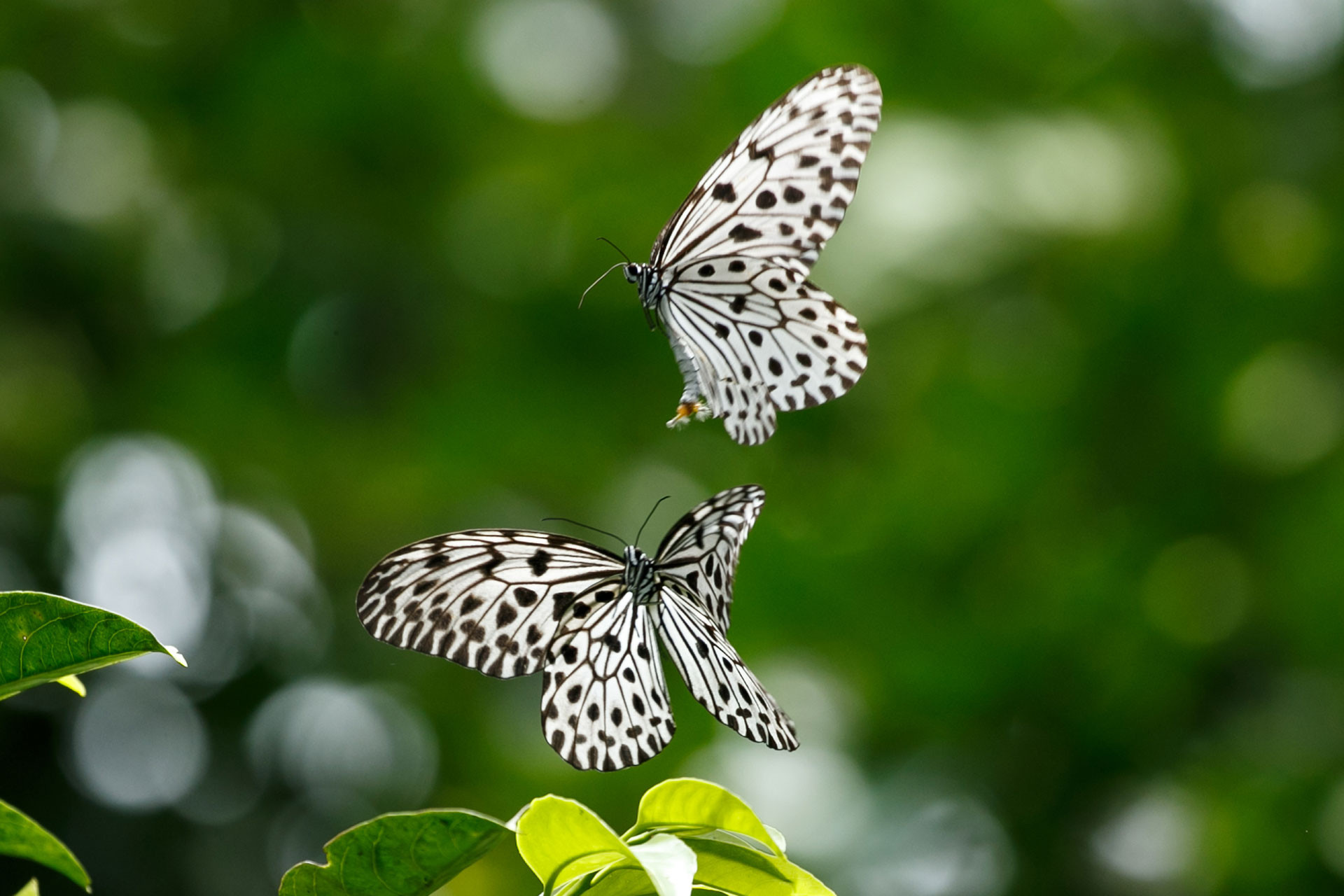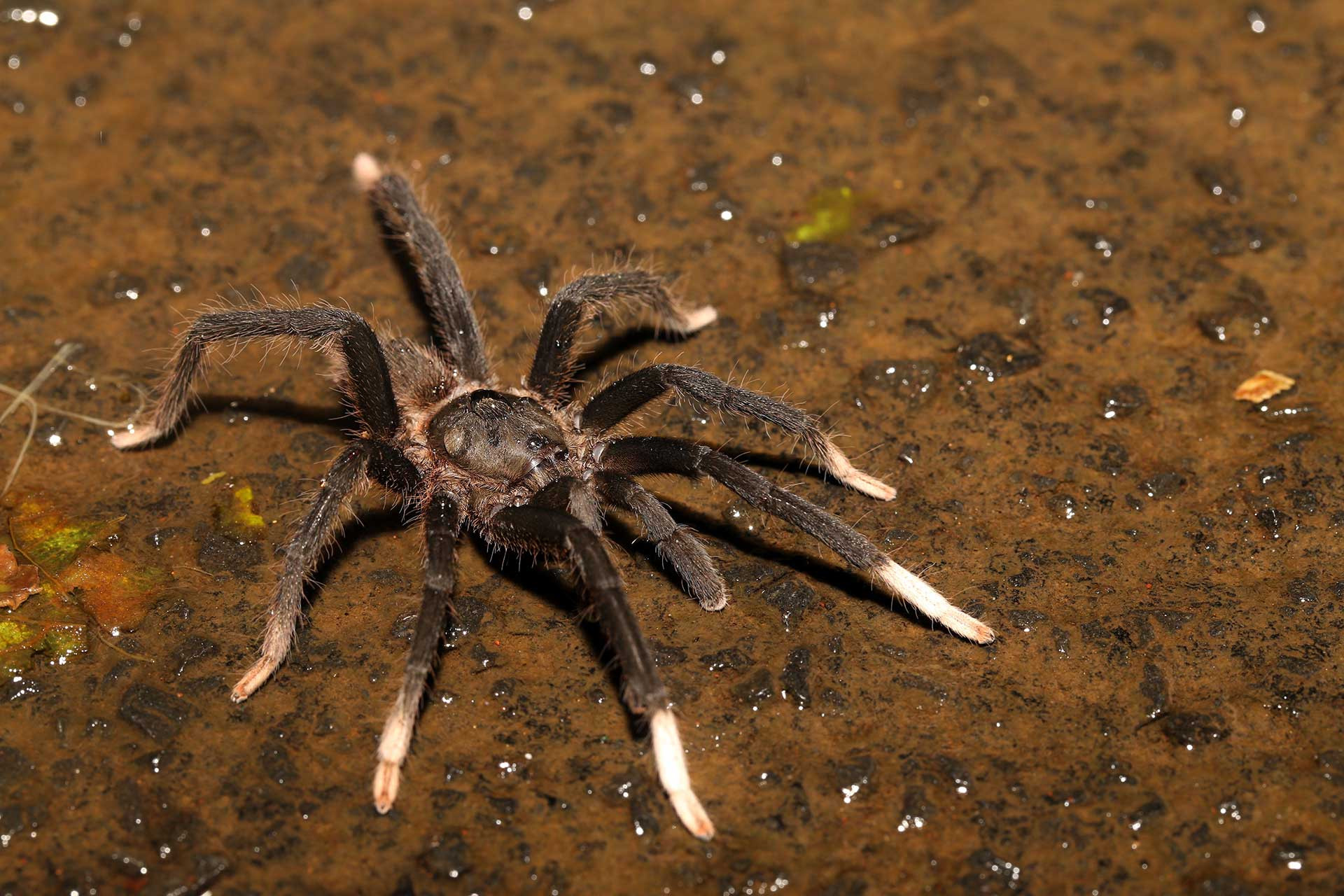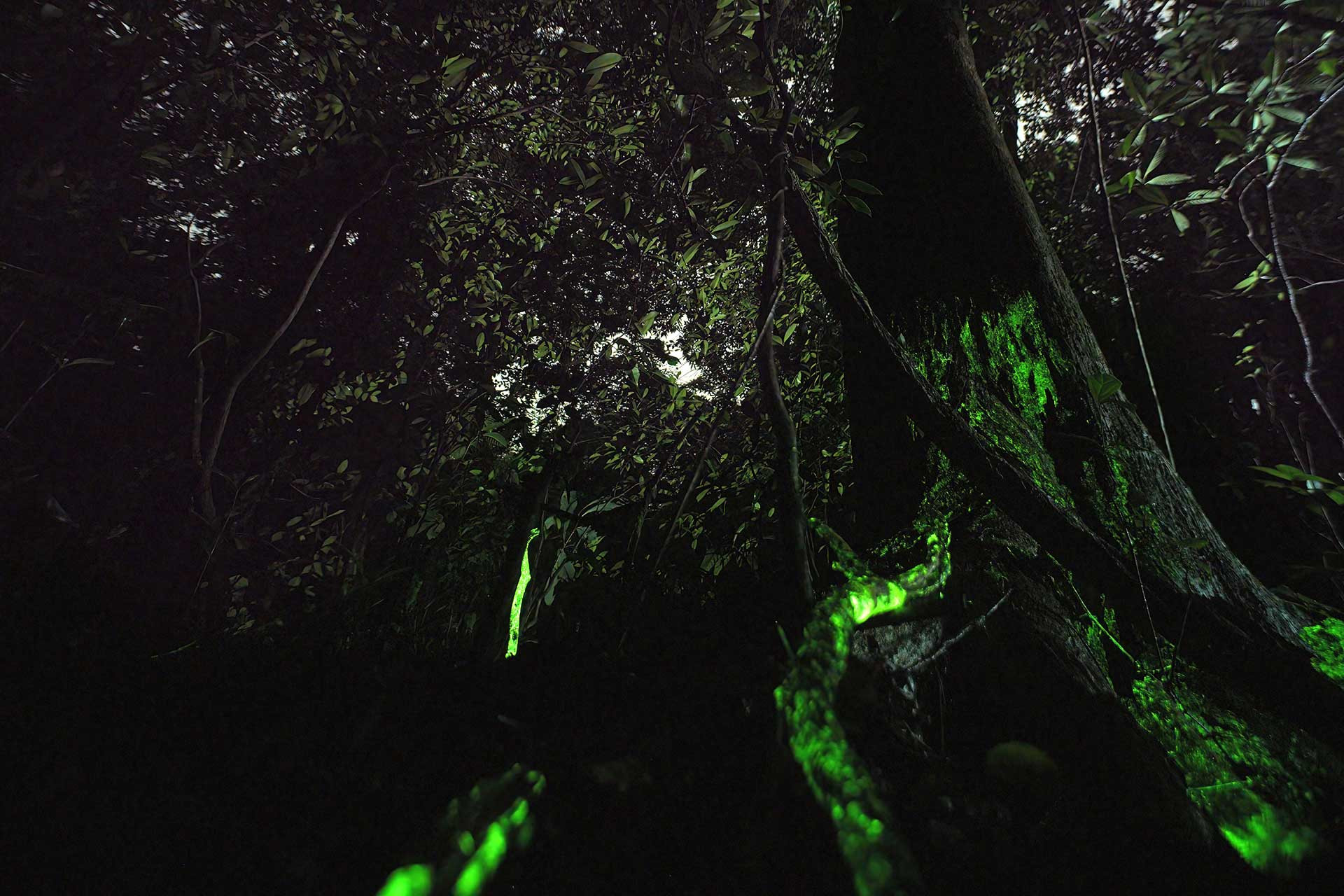As professional wildlife guides and expedition leaders, the monsoon season is the only time of the year when we get to explore on our own. And, what better patch of wilderness to explore than the Western Ghats?
One of the top ten biodiversity hotspots on the planet, the Western Ghats supports a wide array of species and genera that are found nowhere else in the world. We have been exploring various pockets of this hill forest for over ten years now, something that began when we were lodge naturalists in Central India. During the off-season, we returned to our respective homes in the south and used the holidays to expand our understanding and seek some of our target species in the Ghats.
We love being on foot, taking our time, and exploring the smaller life forms. But as with every expedition, every trail, every safari, there is usually a ‘hero’ that we seek. It could be a species, a vista or an experience. Over the last few years, we have managed to cover most of the species that one may seek in this vast mountain biosphere. Our years of work and collaborations with other experts helped us put together the Photographic Field Guide – Wildlife of South India, a comprehensive guide to the wild denizens of the region, especially our favourite and most familiar taxa—mammals, birds, butterflies, dragonflies, reptiles and amphibians. It has been an incredible journey of learning, excitement and adventure—the things that one can expect quite normally while exploring the Ghats with an open eye and a deep sense of curiosity.
Even today, we return to the Ghats much the same way as we did in our earlier years. There are ‘targets’, ‘heroes’ or ‘star species’ that we want to sight every chance we get. Our year feels incomplete if we don’t get to witness these ‘stars’ of the Ghats. These journeys are also an opportunity for us to meet, catch up and learn from our many friends, naturalists, guides and researchers working in various corners of the Western Ghats.
Monsoon season signals a critical period for most faunal species, some sporting new iridescent colours, some appearing above ground for the first time in the year, all of them primed to find a mate before the rains bid farewell. Here is our list of species, species groups, phenomena that we love to look for every year as the first rains lash down on the Ghats. And every time we do, we learn that much more, not just about the species in consideration, but about the wilderness as a whole. We may not see all of them each year, but the journey to try and find them takes us to various parts of the Ghats, covering a whole spectrum of altitudes, habitats and species.
Nilgiri Sholakili (Sholicola major)
IUCN Red List Status: Endangered
The song of the Nilgiri Sholakili constantly plays in the background when you enter a patch of shola in the Nilgiris, Tamil Nadu. They perch among the dense undergrowth, and their elaborate songs can sometimes go on for hours.
Black-and-orange Flycatcher (Ficedula nigrorufa)
IUCN Red List Status: Least Concern
The forests in the Western Ghats are generally misty, hazy and dark during the monsoon months. A flash of orange as the Black-and-orange Flycatcher breaks cover is the first sign of relief on most of our hikes.
Great Eared-Nightjar (Lyncornis macrotis)
IUCN Red List Status: Least Concern
Is it a rock? Is it a log? A nightjar?! Or is it a large hawk? The largest species of nightjar in the Indian subcontinent, this giant is best seen at dusk, perched over the bridge at Thattekad, Kerala. You first hear Great Eared-Nightjars when their large wingspan breaks the treeline, and they fly around like giant fruit bats, except in a nightjar-ish fashion. Seeing one sitting still among the foliage by day is another ball game altogether.
Cochin Forest Cane Turtle (Vijayachelys silvatica)
IUCN Red List Status: Endangered
A turtle that lives in rainforest leaf litter and never goes into the water at any point in its life must be truly unique! The Cochin Forest Cane Turtle is a unique monotypic genus that occurs in the dense lower altitude forests of the Western Ghats. The males turn bright red on their heads during the breeding months.
Galaxy Frog (Melanobatrachus indicus)
IUCN Red List Status: Endangered
The mystery frog with no vocal sac or tympanum! How do they breed? What do they do during the monsoon? Answers to these questions and more are still being worked out by scientists. Finding a Galaxy Frog is absolutely a matter of chance. They are widespread across mid to high-altitude forests of the southern Western Ghats, but where exactly and how to find them, we don’t know yet!
Resplendent Bush Frog (Raorchestes resplendens)
IUCN Red List Status: Critically Endangered
Hiking up to the top of the highest peaks in the southern Western Ghats is a treat in itself! But when you are looking for a colourful, candy-like croaker among these high altitude marshes, it becomes a whole new experience. Resplendent Bush Frogs are brightly patterned frogs that are restricted to these peaks of the southern Western Ghats. Trying to find one also allows you to explore a habitat with a long list of endemic species vis-à-vis the Large-scaled Pit Viper, Gunther’s Vine Snake, Kodaikanal Bush Frog, White-bellied Sholakili etc.
Purple Frog (Nasikabatrachus sahyadrensis)
IUCN Red List Status: Critically Endangered
The Sahyadri Pig-nosed Frog or Purple Frog emerges above the ground for just a few days every year. Finding them is all about timing and patience. With the first rains, they emerge along low to mid-altitude forest streams to breed, lay their eggs and disappear back underground. All we see after this day are their tadpoles sticking to wet rocks along the streams. Until next year…
You may also like to read
Caecilians
What is a caecilian? We started with this exact question. Once we found a few individuals, the question changed to what genus they were. Then came the task of identifying species. We learnt the method while writing our book, but even today, it is difficult for us to identify species. We take pictures, appreciate them, try to ID them, give up and move on. Seeing them above ground during the rains is the special part. Don’t ask us more.
Striped Coral Snake (Calliophis nigriscens)
IUCN Red List Status: Least Concern
A bright red and black snake, almost like a red ribbon, what’s not to like! We cherish every single moment spent with any species of coral snake. What is harder to find is the mimic—Platyplectrurus trilineatus—a harmless shieldtail snake that perfectly resembles the coral.
Horseshoe Pit Viper (Craspedocephalus strigatus)
IUCN Red List Status: Least Concern
The higher altitudes of the Nilgiri massif are an island ecosystem. It is more or less an offshoot or a breakaway from the main south-north flow of the Ghats. And in this world of sholas, there is a pit viper that blends with rock and lichen. Seeing a Horseshoe Pit Viper is not easy, but trying to find one is a great way to understand this island ecosystem.
Pied-belly Black Shieldtail (Melanophidium punctatum)
IUCN Red List Status: Least Concern
Speaking of shieldtails, the genus Melanophidium is high on everyone’s list. There are currently four known species from this genus, and the Khaire’s Black Sheildtail in Amboli is the one you encounter the most. With bright blue iridescence on the dorsum and a black and white belly, the ophidian is a genuine stunner!
Rurk’s Cat Skink (Ristella rurkii)
IUCN Red List Status: Near Threatened
An iridescent lizard with a short muzzle and retractable claws on its digits, the genus is endemic to the high-altitude sholas of the Western Ghats. The Rurk's Cat Skink also goes by the name Rurk's Ristella.
Myristica Sapphire (Calocypha laidlawi)
IUCN Red List Status: Data Deficient
The butterfly of the dragonfly world (Although we hate to compare it this way)! The Myristica Sapphire is one of the most colourful damselflies, endemic to the Myristica swamps of the southern Western Ghats. Their colours and patterns are best seen when they fly past or perch under the sunlight beams that break through the dense canopy to reach the forest floor.
Tricolour Bloodtail (Lyriothemis tricolor)
IUCN Red List Status: Least Concern
A dragonfly that breeds in the water collected in tree hollows—what more does one need to know! The Tricolour Bloodtail is a resident of the Western Ghats that has truly adapted to life in these wet rainforests.
Malabar Banded Peacock (Papilio buddha)
IUCN Red List Status: Not Listed
Endemic to the Western Ghats, the Malabar Banded Peacock species is getting harder to find with every passing year. The reason? Its larval host plant, the Indian Prickly Ash (Zanthoxylum rhetsa), a tree that grows among laterite plateaus and mid-altitude forested slopes, is increasingly being cut down outside protected areas.
Malabar Tree Nymph (Idea malabarica)
IUCN Red List Status: Near Threatened
Gliding like an angel among the canopy, this dainty white butterfly is a star of the rainforest ensemble. And the fact that the Malabar Tree Nymph has such an interesting latin name, Idea malabarica, adds a layer of curiosity towards the species.
Lichen Huntsman
This large spider mimics bark-hugging vegetation like lichen and moss. They can stay still for hours together in this camouflaged state, waiting for unsuspecting prey to pass by. The camouflage is so incredible that it is easy to miss them even from a few feet away. We’ve even seen one holding onto the lichen-covered rocks behind a gushing waterfall.
Tarantulas
Spiders have been a recent fascination of ours. And of course, Mygalamorphae or Tarantula-esque spiders (tarantulas and trapdoor spiders) are always exciting. Once the monsoon rains start, they seem to be everywhere, with males roaming vast areas in search of mates. After this brief period of breeding, finding one can involve long hours of searching amongst tree barks, the mud-wall of streams and even inside old buildings.
Bioluminescent Fungi
Fungi are always fascinating! We don’t know much about them, but we try to observe them everytime we come across one on our walks. And imagine this, some of them exhibit a neon glow at night! These are the true forms of cold lights ( light emitted by any body whose temperature is below that of incandescence) in nature. In some forests of the northern Western Ghats, even the mycelium (the vegetative part of a fungus) tends to glow. In normal light conditions, this may just seem like a normal patch of forest, but in absolute darkness, one can observe a glowing neon carpet over a large part of the forest.


